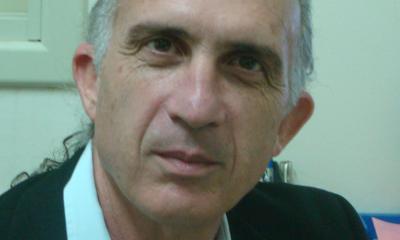Nonin's Equanox brings novel design to oximetry
What is good for the body may not be good for the mind. In an effort to repair heart damage with bypass surgery patients may experience unintended cerebral damage, including neuroligical impairment or even stroke.
Nonin Medical introduced at Medica a next-generation monitor that non-invasively goes deeper than conventional oximeters used during surgery to measure the balance of oxygenated and deoxygenated hemoglobin in the cerebral cortex.
The new Equanox from Nonin takes near-infrared spectoscopy (NIRS) to a new level with an advance combination of dual emitters and sensors capable of detecting three wavelengths in order to eliminate surface artifacts and provide greater accuracy for blood measures.
The unique dual emitters alternately create pairs of reflected light paths passing through surface tissue, one on a short path, and the second on a deeper path to the more distant receiver.
The innovative sensor design effectively removes surface tissue effects that can influence measurement accuracy and reduces the sensitivity to patient physiological differences thereby improving accuracy, repeatability and efficiency.
Nonin is already looking beyond the regional application of Equanox for cerebral monitoring.
« A good way of thinking about this technology is as a tissue oximetry, » Nonin's chief engineer Bill Betten told European Hospital.
Placing the sensor on his thumb muscle and then squeezing his wrist with his other hand, Betten demonstrated how quickly the Equanox tracked the change to the blood oxygen.
« Equanox has a very fast response rate, in fact, it is an instantaneous signal acquisition, whick poses many opportunities for uses in other regions of the body such as the abdomen, » he said.
« We are going to build on this platform, » he said, smiling.
21.11.2009











